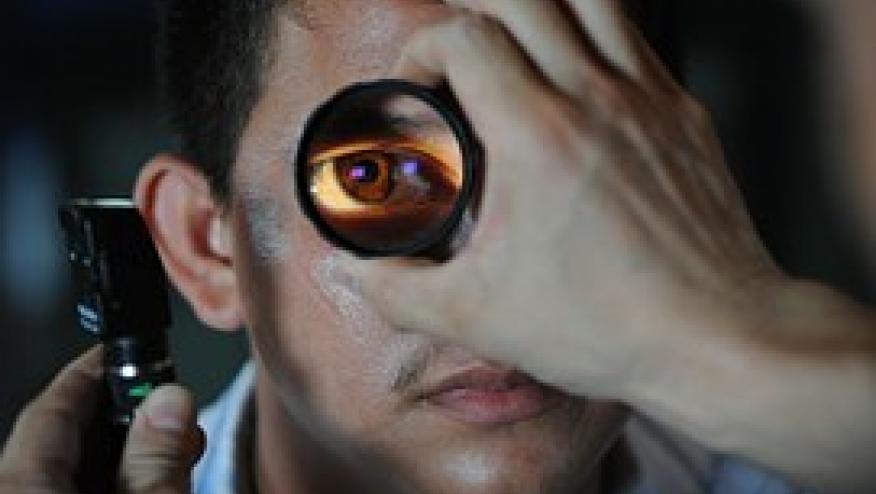Best of 2018: Hydroxychloroquine Being Over-Dosed with New Guidelines? Save

Hydroxychloroquine (HCQ) retinopathy prevention guidelines have revised from ideal body weight (IBW)-based dosing to actual body weight (ABW)-based dosing; the question remains whether these have been adopted in clinical practice.
A database of nearly 21,000 new HCQ users from a UK general population database studied HCQ dosing and use between 2007 and 2016. Specifically they examined whether users were subjected to excess HCQ dosing per ophthalmology guidelines (defined by exceeding 6.5 mg/kg of IBW and 5.0 mg/kg of ABW).
Between 2007 and 2016, the frequency of excess HCQ dosing declined from 40% to 36% using IBW and 38% to 30% using ABW. Among these, 47% of women were more likely to be excess-dosed (multivariable OR 12.52; 95% CI 10.99–14.26) using IBW and 38% (multivariable OR 1.98; 95% CI,1.81–2.15) using ABW.
Applying IBW, 37% of normal and 44% of obese patients were excess-dosed; however, applying ABW, 53% of normal and 10% of obese patients were excess-dosed (multivariable ORs = 1.61 and 0.1 (reference = normal); both p < 0.01). Long-term HCQ users showed similar excess dosing.
In the UK, it appears that many HCQ users, especially women, may have excess HCQ dosing. Over half of normal-BMI individuals were excess-dosed according to the latest guidelines.
This either implies the need to adjust HCQ dosing using these guidelines, or to further study the consequences of these dosing strategies or develop more evidence-based dosing recommendations that will maintain patient safety while taking HCQ.










If you are a health practitioner, you may Login/Register to comment.
Due to the nature of these comment forums, only health practitioners are allowed to comment at this time.